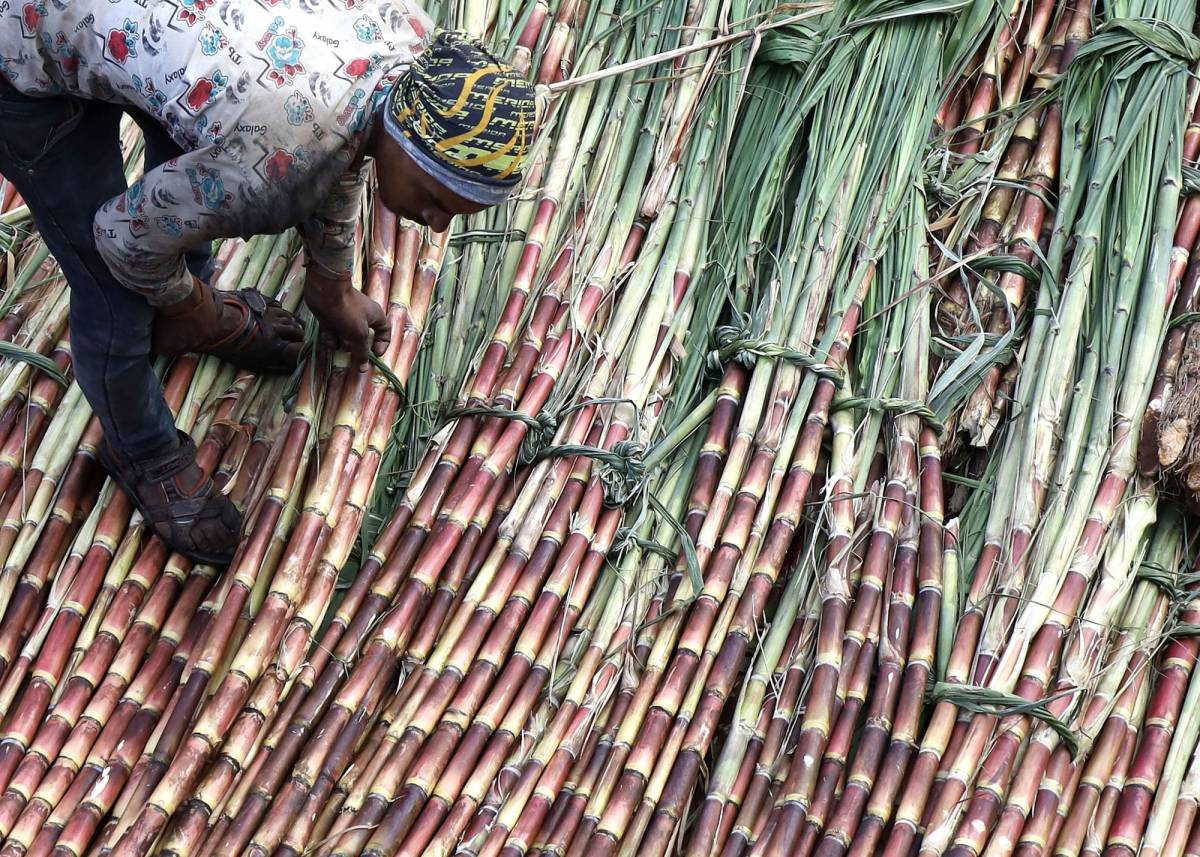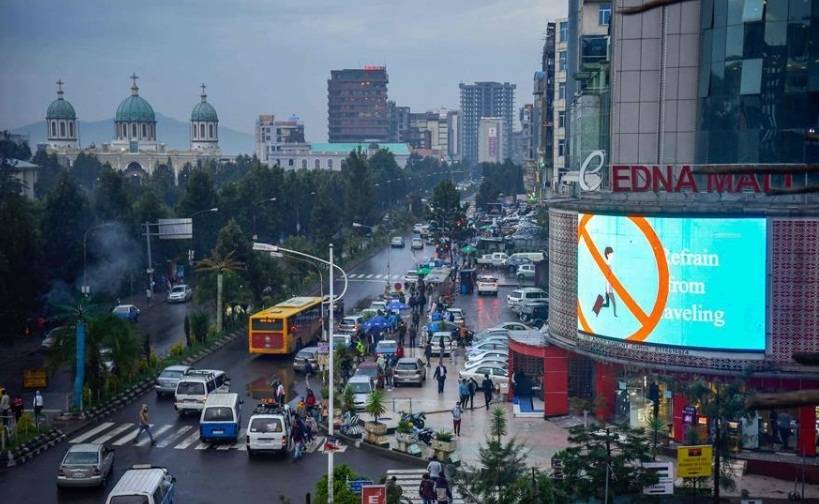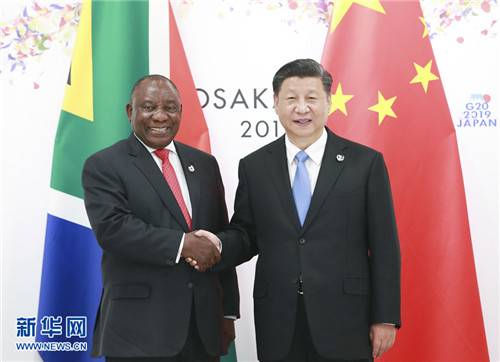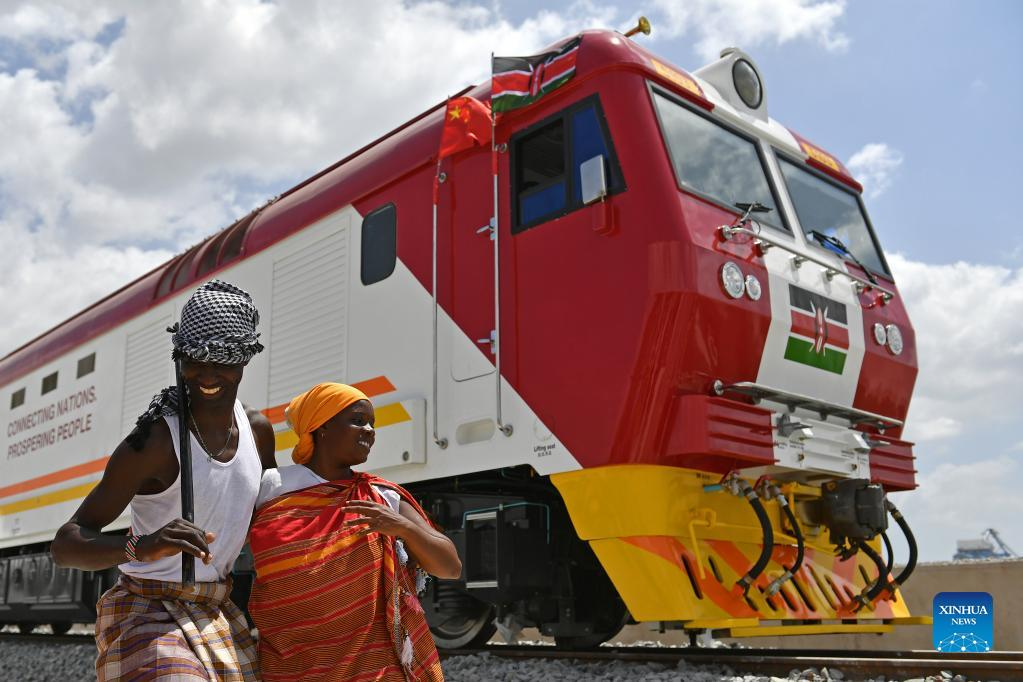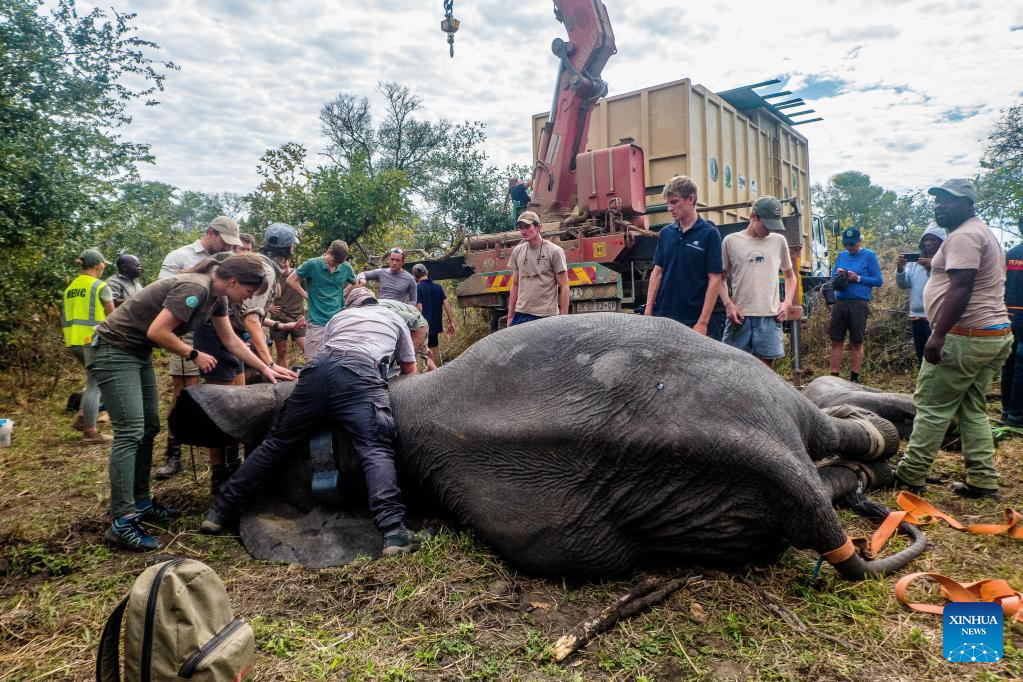Since last week, ADF rebels have launched several attacks in the two provinces, during which more than 20 people have been killed and a large number of civilians, including 30 children, abducted
The Special Representative of the United Nations Secretary-General in the Democratic Republic of the Congo (DRC) Bintou Keita has condemned the recent attacks attributed to rebels of the Allied Democratic Forces (ADF) in the provinces of North Kivu and Ituri, in the northeast part of the country, according to a press release published Wednesday.
Since last week, ADF rebels have launched several attacks in the two provinces, during which more than 20 people have been killed and a large number of civilians, including 30 children, abducted, according to the statement.
Following these multiple attacks, the UN peacekeeping mission in the DRC (MONUSCO), also headed by Keita, claims to have deployed rapid reaction forces to provide immediate protection and support to people in the areas affected.
Keita in her statement stressed the need to maintain military pressure on the ADF and other armed groups operating in North Kivu and Ituri, as the Congolese army and MONUSCO have been concentrating for more than a month to repel the attacks by the rebels of the March 23 Movement (M23).
“The Special Representative reiterates the need to initiate de-escalation as soon as possible, to obtain that the M23 and all armed groups lay down their arms without conditions, and to ensure a united regional and international response for security and stability in eastern DRC,” read the statement.
Since the end of March 2022, the M23 has been on the offensive in DRC’s northeastern province of North Kivu, while thousands of civilians have been displaced by the still ongoing fighting.
Rebels kill nine more
Suspected rebels have killed at least nine people in twin attacks in eastern Democratic Republic of Congo, officials said Wednesday, in the latest violence to hit the turbulent region.
Fighters from the feared Armed Democratic Forces (ADF) group killed six civilians in an attack on the town of Beni in North Kivu province on Tuesday night, according to local civil-society leader Pepin Paluku Kavota.
He told reporters on Wednesday the militants targeted a district just a kilometer from army headquarters in the city of 400,000.
The dead included a 15-year-old boy and a 90-year-old woman, said Kavota, who urged security forces “to redouble their efforts.”
The same night, militants also killed at least three people in an attack on a village in neighboring Ituri province.
“This is a provisional number,” local civil-society figure Gaston Kandole told AFP.
The village also lies near a Congolese military base.
The ADF — which the Islamic State group claims as its Central African offshoot — is active in both North Kivu and Ituri.
The group is among the most violent of the more than 120 militias that roam eastern Congo, and has been accused of massacring Congolese civilians and carrying out terrorist attacks in neighboring Uganda.
The DRC and Uganda launched a joint offensive against the ADF in November 2021 to crush the rebels, but violence against civilians continues.
For decades, the Democratic Republic of the Congo has been the scene of one of the world’s longest-running conflicts.
In the latest iteration which began in May, its army has been fighting the M23 rebel group, which is waging its most sustained offensive since a 2012-2013 insurrection when it seized vast swathes of territory.
By area, the vast Central African state is the second-largest country on the continent and the 11th-largest in the world.
ALSO READ:Red Cross flags Africa’s hunger pangs
That space, especially its mineral-rich eastern region, has been the battleground for more than a hundred armed groups fighting for control of territory there or using it as a base to launch attacks into some of its immediate neighbours – Angola, Burundi, Central African Republic, Rwanda and Uganda.
Consequently, that has led to the death and displacement of many Congolese citizens.
This month, the Norwegian Refugee Council declared the situation in the DRC as the world’s most neglected refugee crisis – for a second year running. At least five million people are internally displaced and one million more fleeing abroad, the aid group said.
Need for common gameplan
“The Democratic Republic of Congo (DRC) has the largest population of internally displaced people on the African continent: 5.9 million people, including 700,000 newly displaced people this year. The DRC is also hosting over 500,000 refugees and asylum-seekers (mainly from Burundi, the Central African Republic, and South Sudan).
The factors driving internal displacement are often complex and interconnected, from conflicts, climate related shocks, disasters, to rising rates of violent crime.
In the DRC, the protracted conflicts in the Eastern Provinces of Ituri, North Kivu and South Kivu, as well as renewed tensions in the central southern regions of Kasai and Tanganyika, have been the key source of displacement in the country, forcing millions of people to leave their homes, often on multiple different occasions.
As the inter-communal conflicts in the Eastern Provinces roll into their second decade, and tensions and violence over the use of land and exploitation of natural resources continue, including through the many armed groups active in these regions, more displaced families are forced to depend on humanitarian assistance in order to survive.
Finding coherence and redressing the balance between humanitarian, peacebuilding and development action is critical, and is the first of many steps necessary to build longer lasting solutions to internal displacement and meet the needs of the millions of people stranded in IDP sites.
Over the past few years, we – the UN country team in the DRC as well as the Humanitarian Country team – have been working closely with the Government of the DRC and provincial authorities, along with other development, humanitarian, and peacebuilding partners, to implement the humanitarian-development-peace nexus.

